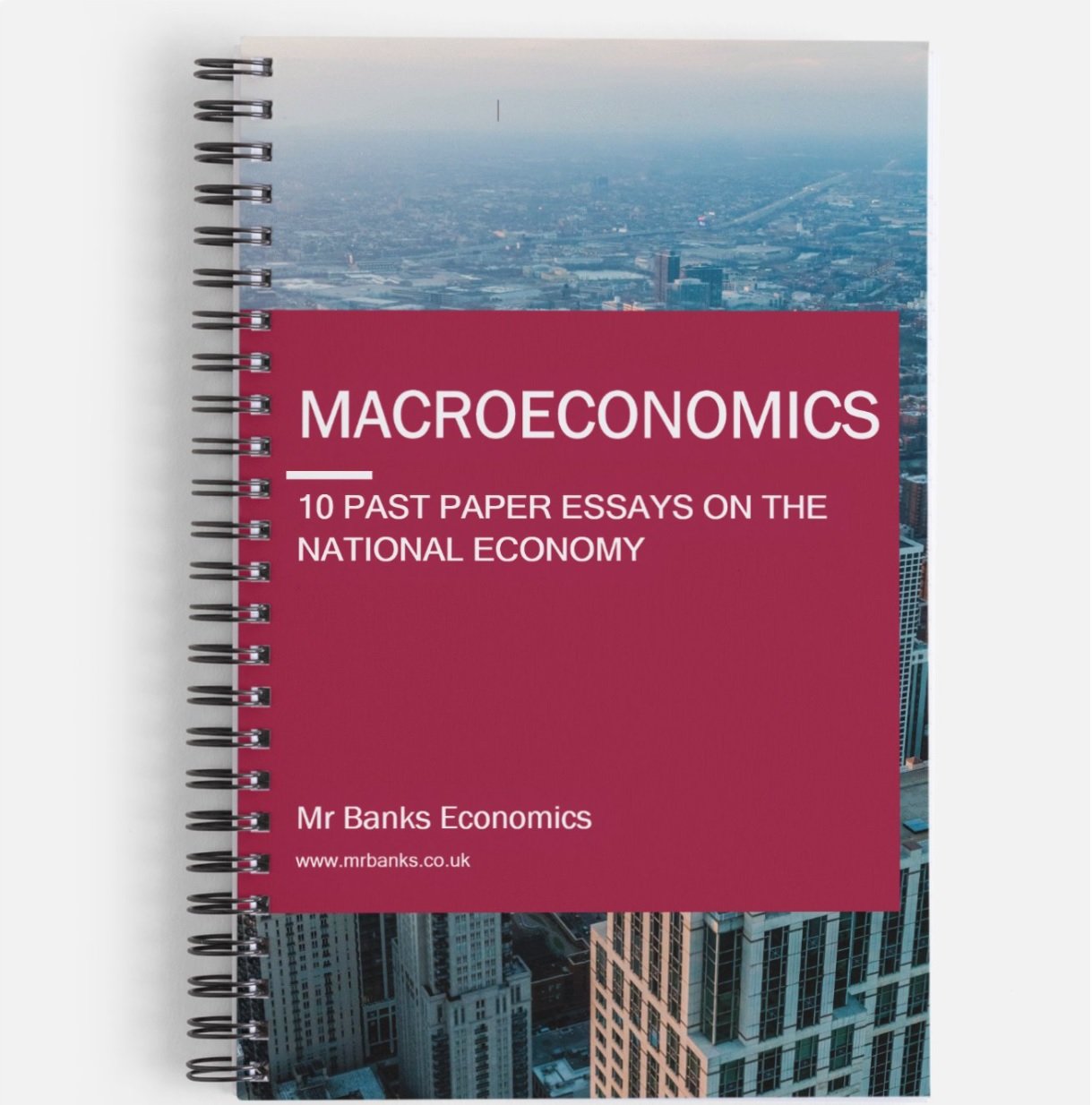Profit
A-level Economics
Different kinds of profit. firm shutdown point. Profit MAximisation.
Definition: 'Profit is defined as the Revenue - Cost. It is what is left over for the firms when costs are taken into account.
Why is profit important to firms and society?
Just like for you, going to work and earning an income is important, for a firm, profit is much the same. The firm's income is its profit. Profit is the return on investment that a firm receives by taking a risk and capitalising on opportunities. A firm's welfare can also be measured by its profit. If a firm is making lots of profit, it means it is very successful and is probably producing something that consumers want. A lot of the time, firms that make good profits have allocated our scarce resources efficiently. So don't think profits are a bad thing. It is good because without them, we wouldn't have any products being made.
What type of profits are there?
The thing is, a firm can be making normal profits and supernormal profits. Normal profit is the minimum amount of profit the firm needs to survive. The firm must make normal profits to survive in the long-run. When firms make normal profits, society's welfare is generally maximised [most of the time!].
A firm is making normal profits when Total Revenue = Total Cost.
Supernormal profits can be considered a bad thing, however. This is when the firm is making more than it needs to survive. It is charging higher prices than is allocatively efficient, which leads to an underproduction of the resource, which limits society's welfare. In this case, the firm itself is very happy. It makes a lot of profit at the consumer's expense. Essentially, the firm is being overrewarded for the factor inputs that were used to produce the output. In this case there is a net welfare loss (or deadweight loss) to society. A firm is making supernormal profit when Total Revenue > Total Cost.
How much profit does a firm need to make? Where is the point where the firm shuts down if it makes a loss?
First of all as mentioned earlier, firms need to make normal profit at the minimum to survive in the long run. Normal profit is achieved when the price is equal to average total cost (ATC)
However, the firm can make below normal profit (subnormal profit) for short periods of time and still operate. There is one rule you need to be aware of:
The firm's price cannot fall below the level of Average Variable Cost (AVC). Otherwise, the firm will shut down immediately.
If the firm's price is greater than average variable cost, but still lower than average total cost, then the firm will be making subnormal profits but it will shut down in the long-run (not immediately).
Notice that if the price of the good was P1, this would be equal to ATC. This would mean a level where the firm makes normal profits.
When the price is between P* and P1, the firm will be in a range where it is making subnormal profits, however, the firm will not shut down immediately. They will shut down in the long run.
When the price is below P*, below the point of average variable cost, the firm will shut down immediately as it will not be able to cover the cost of production of the outputs produced.
Why does the firm shut down immediately if it can't cover it's variable costs?
To put it simply, variable costs are the costs of producing your outputs. If you want to produce more, then variable costs will rise. You need to be able to pay for these variable costs otherwise you can't produce more output. For example, a car producer may want to produce more cars but they will need to purchase more raw materials and perhaps employ more labour. If these costs can't be paid for in full, then they will not be able to produce more output.
Fixed costs on the other hand don't always have to be settled immediately. Fixed costs are things like a business' overheads e.g. rent. These things don't depend on output, so if you want to produce more of a product, your fixed cost will stay the same.
However, your fixed costs must be paid for in the end - so if you can't pay for these in the long-run then the business will fail (it will just take longer for the firm to shut down).
How does a firm maximise its profits?
The profit maximisation condition states that the firm maximises its profit at the output level where MR = MC (Marginal Revenue = Marginal Cost).
See the diagrams below:
The diagram above shows profit maximisation for the price taking firm. The price taking firm's AR is equal to MR. At MR = MC, the price taking firm is at the profit maximising level of output. This level of output is 180 units, at a price of £5.
The diagram above shows profit maximisation for a price making firm. The price making firm's AR and MR are not the same. Profit maximisation is at the point where MR = MC. This profit maximising level of output is at 150 units, at a price of £15.
What have we learned?
Definition of profit
Normal vs Supernormal Profits
Firm shutdown point
Profit Maximisation Condition: MR = MC
Profit Maximisation for Price Takers and Price Makers
IF YOU WANT GOOD GRADES FAST, BUY THESE BOOKS!
MACROECONOMICS MODEL ANSWER BOOK
10 Past Papers with Model Answers on the National Economy
Written by an experienced Economics tutor
Full model answers with diagrams
Suitable for all UK Economics exam boards
Physical booklet
£20.00
MICROECONOMICS MODEL ANSWER BOOK
10 Past Papers with Model Answers on Market Failure
Written by an experienced Economics tutor
Full model answers with diagrams
Suitable for all UK Economics exam boards
Physical booklet
£20.00


